Labradorite Blue Australe Granite
 Madagascar
(Ihosy, Ihorombe Region, central south Madagascar)
Madagascar
(Ihosy, Ihorombe Region, central south Madagascar)
Labradorite Blue Australe Granite, also known as Labradorite Blue Austral Granite, is a unique and captivating natural stone that is quarried in Madagascar, an island country located off the southeastern coast of Africa. It is highly regarded for its stunning blue iridescence and the mesmerizing play of colors that it exhibits.
The dominant characteristic of Labradorite Blue Australe Granite is its remarkable blue background, which can range from deep navy blue to lighter shades of blue. What sets this granite apart is the presence of labradorite, a feldspar mineral known for its iridescent optical effects. Labradorite crystals in the stone create a mesmerizing play of colors that can include blues, greens, golds, and even occasional hints of purple or orange. This iridescent display gives the granite a dynamic and magical appearance, as the colors appear to shift and change when viewed from different angles or under varying lighting conditions.
Labradorite Blue Australe Granite is commonly used in interior and exterior applications. It is a favored choice for countertops, wall cladding, flooring, and decorative accents in both residential and commercial settings. The unique and vibrant colors of this granite add a touch of luxury and visual interest to any space, creating a focal point and enhancing the overall aesthetic.
In addition to its stunning appearance, Labradorite Blue Australe Granite is known for its durability and strength. Like other granite varieties, it is a dense and hard natural stone that is resistant to heat, scratches, and stains. With proper sealing and regular maintenance, it can withstand the rigors of daily use and retain its beauty for many years.
As with any natural stone, Labradorite Blue Australe Granite can exhibit variations in color, pattern, and veining from slab to slab. It is advisable to view and select the specific slabs to ensure they meet your desired preferences and project requirements.
In summary, Labradorite Blue Australe Granite is a mesmerizing natural stone quarried in Madagascar, featuring a dominant blue background with iridescent labradorite crystals. Its unique play of colors and luxurious appearance make it a favored choice for adding a touch of magic and elegance to various architectural and design projects.

How do I smooth Labradorite Blue Australe Granite after cutting?

Can I cut Labradorite Blue Australe Granite with a tile saw?

What is the best tool to cut Labradorite Blue Australe Granite tile with?

What grade is Madagascar's Labradorite Blue Australe Granite?

How thin can a Labradorite Blue Australe Granite countertop be?

Can a water jet cut Labradorite Blue Australe Granite?

Can Madagascar's Labradorite Blue Australe Granite be used in floor coverings?

Can Madagascar's Labradorite Blue Australe Granite be used in a living room?

Can Madagascar's Labradorite Blue Australe Granite be used indoors?

What are the shiny blue flecks in Labradorite Blue Australe Granite?

What is the physical properties of Labradorite Blue Australe Granite?

How thick is Madagascar's Labradorite Blue Australe Granite slabs?

How can I make a hole in a Labradorite Blue Australe Granite tabletop?

What is the difference between granite and labradorite?

Can I use a Labradorite Blue Australe Granite slab as a cutting board?

What is labradorite granite?

Does Labradorite Blue Australe Granite have fine crystals?

Are there color variations of Madagascar's Labradorite Blue Australe Granite?

Can Madagascar's Labradorite Blue Australe Granite be used exterior applications in very sunny climates?

How thick should Labradorite Blue Australe Granite urban flooring be?

Does Labradorite Blue Australe Granite have gemstones?

What is the coefficient of friction of Chiseled Madagascar's Labradorite Blue Australe Granite tiles?

What is the max Labradorite Blue Australe Granite countertop thickness?

What is the average size of a slab of Labradorite Blue Australe Granite?

Why is blue granite so expensive?

What is the sparkly stuff in Labradorite Blue Australe Granite?

Will Labradorite Blue Australe Granite crack when cutting?

Can Labradorite Blue Australe Granite floor be sparkly?

Is Madagascar's Labradorite Blue Australe Granite an expensive stone?
-

-

 Russian Federation
Russian Federation
Contact Supplier
-

-

-

Quanzhou First Impression Imp.&Exp. Trading Co.,Ltd.
 China
China
 Verified Supplier is for prove company authenticity,including business license,trade license and effective office space,to enhance buyers' trust to suppliers and their products, reducing communication costs.
Verified Supplier is for prove company authenticity,including business license,trade license and effective office space,to enhance buyers' trust to suppliers and their products, reducing communication costs.
Contact Supplier
-

Xiamen Asian Stone Imp.& Exp. Co.,Ltd.
 China
China
 13YRDiamond members are premium members on platform, providing members with comprehensive approach to promoting their products, increasing products exposure and investment return to maximize.
13YRDiamond members are premium members on platform, providing members with comprehensive approach to promoting their products, increasing products exposure and investment return to maximize.
 Verified Supplier is for prove company authenticity,including business license,trade license and effective office space,to enhance buyers' trust to suppliers and their products, reducing communication costs.
Verified Supplier is for prove company authenticity,including business license,trade license and effective office space,to enhance buyers' trust to suppliers and their products, reducing communication costs.
Contact Supplier
-

 China
China
 7YRDiamond members are premium members on platform, providing members with comprehensive approach to promoting their products, increasing products exposure and investment return to maximize.
7YRDiamond members are premium members on platform, providing members with comprehensive approach to promoting their products, increasing products exposure and investment return to maximize.
 Verified Supplier is for prove company authenticity,including business license,trade license and effective office space,to enhance buyers' trust to suppliers and their products, reducing communication costs.
Verified Supplier is for prove company authenticity,including business license,trade license and effective office space,to enhance buyers' trust to suppliers and their products, reducing communication costs.
Contact Supplier
-

 Spain
Spain
Contact Supplier
-

 United States
United States
Contact Supplier
-

The request includes: 1. surface finished, size 2. quantity required






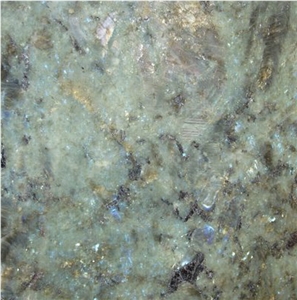
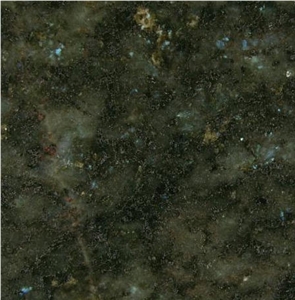
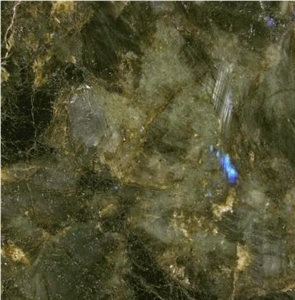
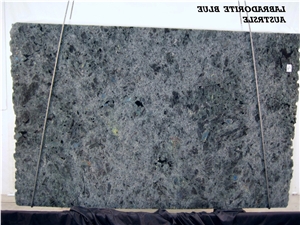
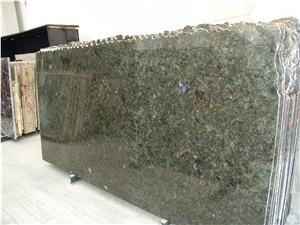
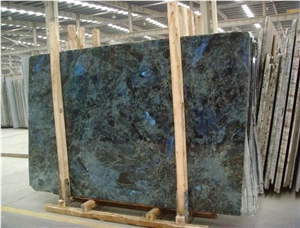
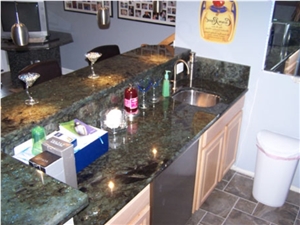
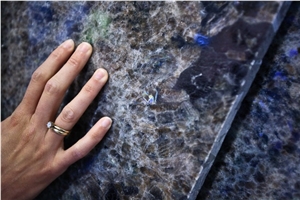
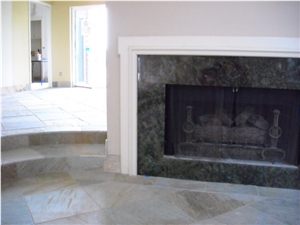
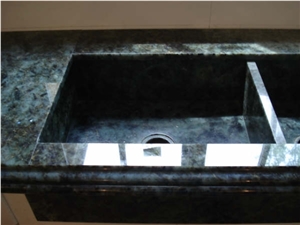
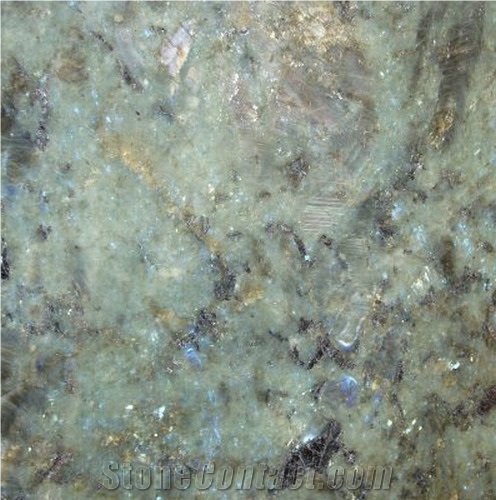
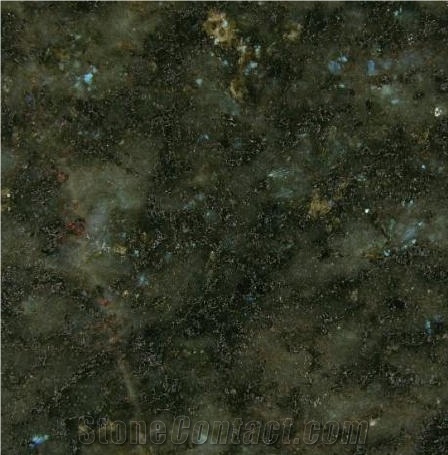
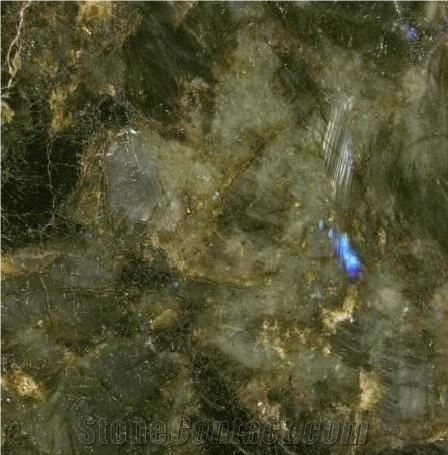
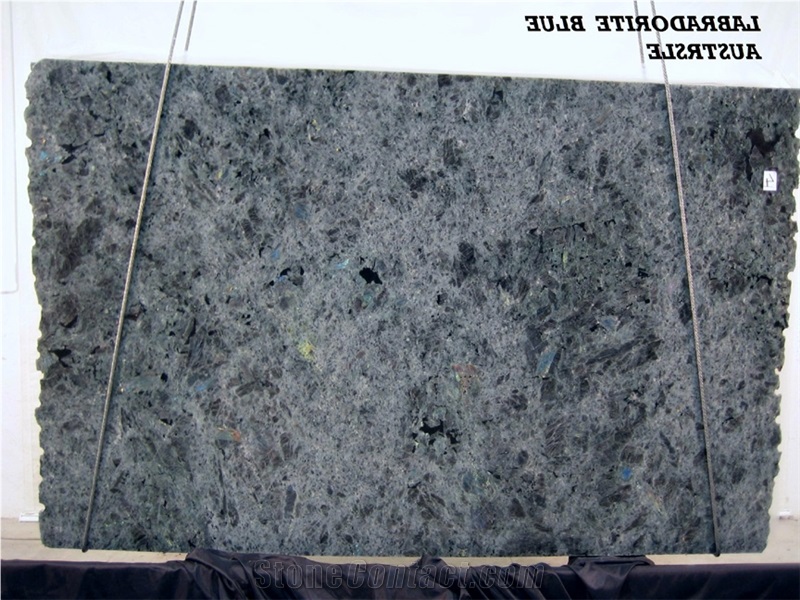
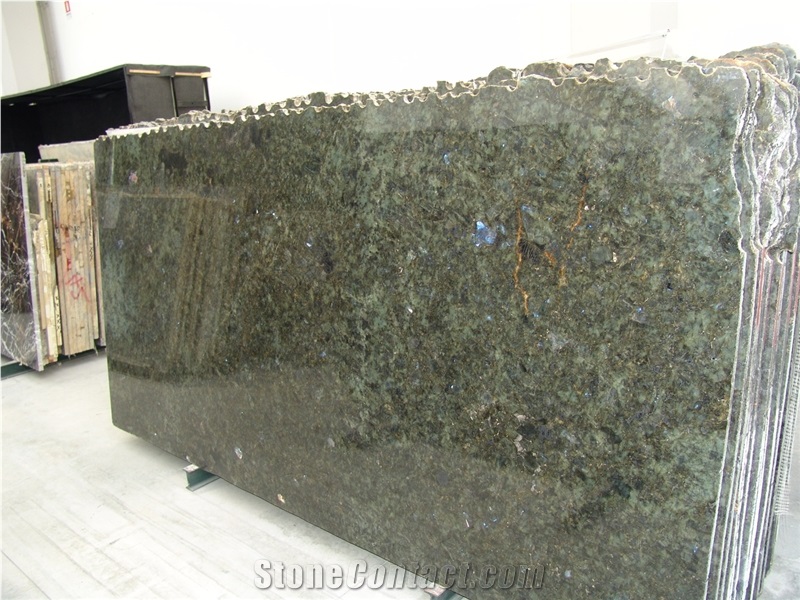
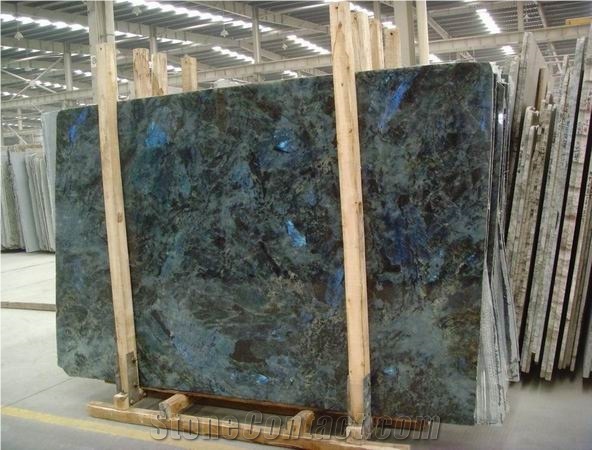
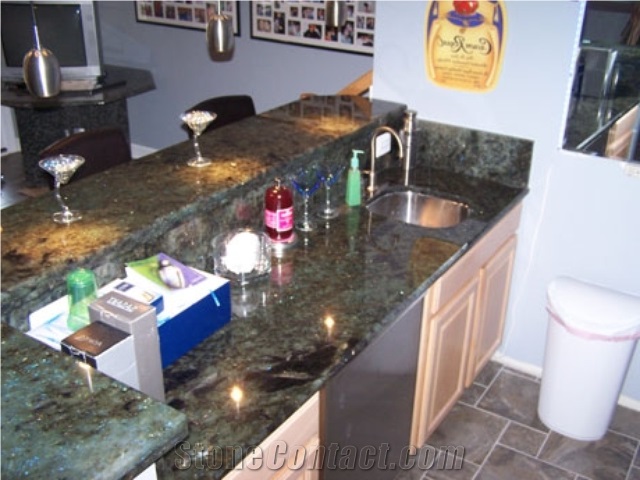
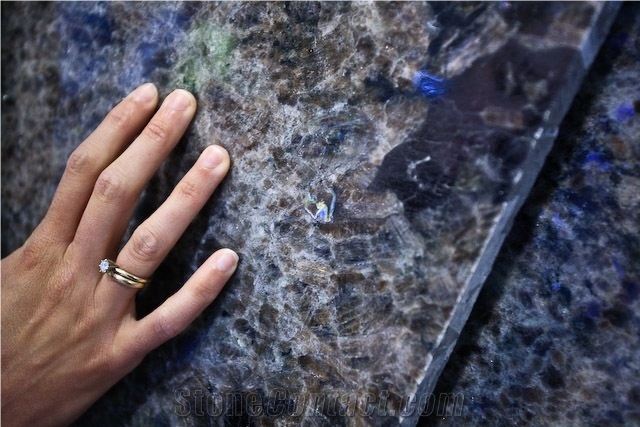
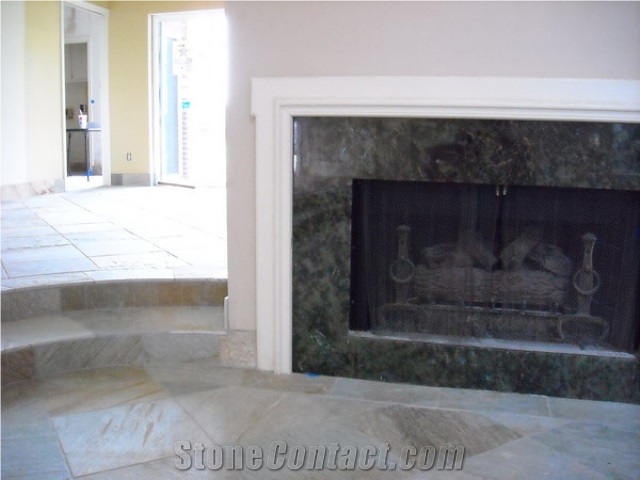
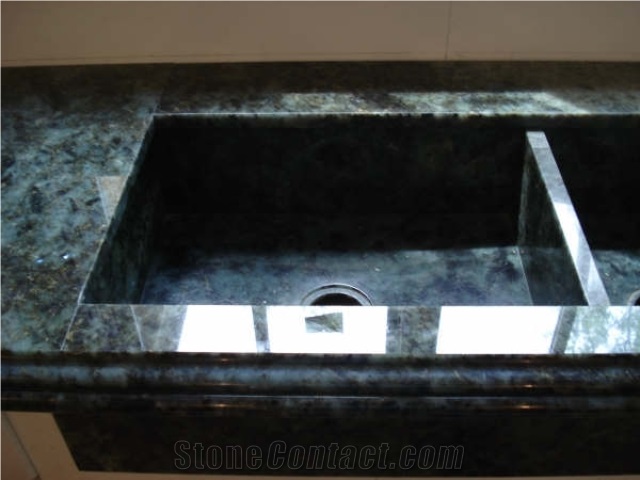
 India
India Italy
Italy